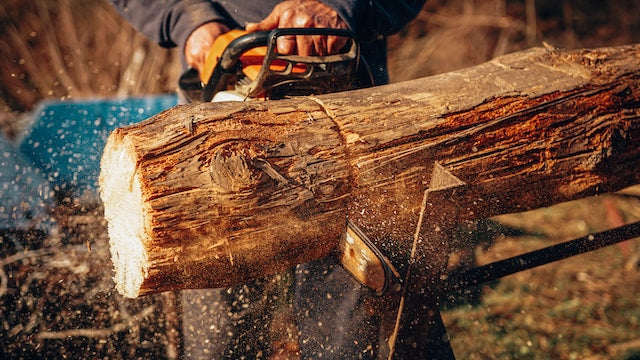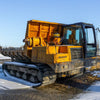What do you need to know about outdoor workwear?

Working outdoors means employees are exposed to the elements. To ensure workers are able to work safely and productively, having the right protective gear is paramount. Employers of outdoor workers should ensure they’re providing their workforce with a uniform that is designed to withstand various weather conditions and protect them from any hazards. But who, exactly, needs protective outdoor workwear, and what standards must it meet? Keep reading to find out.
Which industries require protective outdoor workwear?
Outdoor workwear is necessary for individuals working in industries where they are exposed to the elements or face potential hazards regularly. Some of the industries that require protective outdoor workwear include:
- Construction
- Road
- Landscapers and gardeners
- Forestry
- Utilities
- Dock work
- Offshore work
- Agricultural
- Oil and gas
What are common outdoor workwear standards?
To ensure that outdoor workwear meets appropriate safety standards, several regulatory bodies set guidelines for manufacturers and employers. Some of the most common standards include:
ISO 20471: This is an international standard that specifies the requirements for high-vis clothing, ensuring that workers remain visible in low-light conditions. It defines the amount of fluorescent and reflective material that should be used in the garments.
EN 343: A European Standard for protective clothing, EN 343 workwear offers protection against adverse weather conditions, and sets requirements for the waterproofness and breathability of the fabrics used.
EN 381: Specifically relevant for forestry workers, this standard covers requirements for clothing that protects against cuts from chainsaws.
EN ISO 11611 and EN ISO 11612: For those working in environments with potential exposure to flames and heat, these standards detail the requirements for flame-retardant workwear.
Types of outdoor workwear
- High-vis: This type of workwear uses bright, fluorescent colours and reflective materials to enhance visibility in conditions with low light levels. High-vis jackets are a vital item of apparel for road workers and anyone working near moving vehicles.
- Waterproof and windproof jackets: Ideal for those working in rainy and windy conditions, these jackets keep the wearer dry and comfortable.
- Thermal-insulated clothing: For cold weather conditions, thermal-insulated workwear provides much-needed warmth and protection from the cold.
- Flame-resistant clothing: Workers exposed to flames or high temperatures should wear flame-retardant clothing to reduce the risk of burns.
- Durable trousers: These provide protection against cuts, abrasions, and other physical hazards.
- Safety footwear: Sturdy, steel-toed boots or shoes protect the feet from heavy objects and potential crush injuries.





